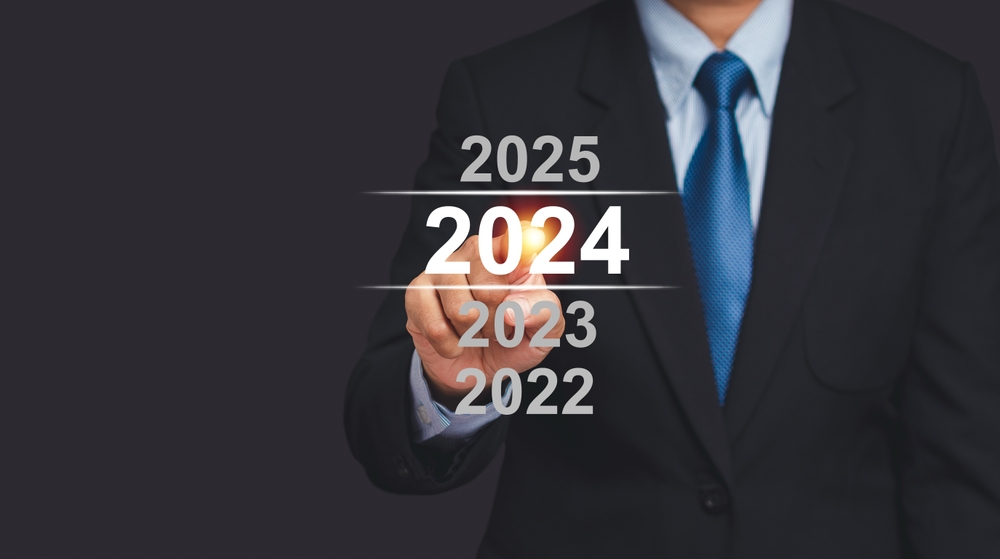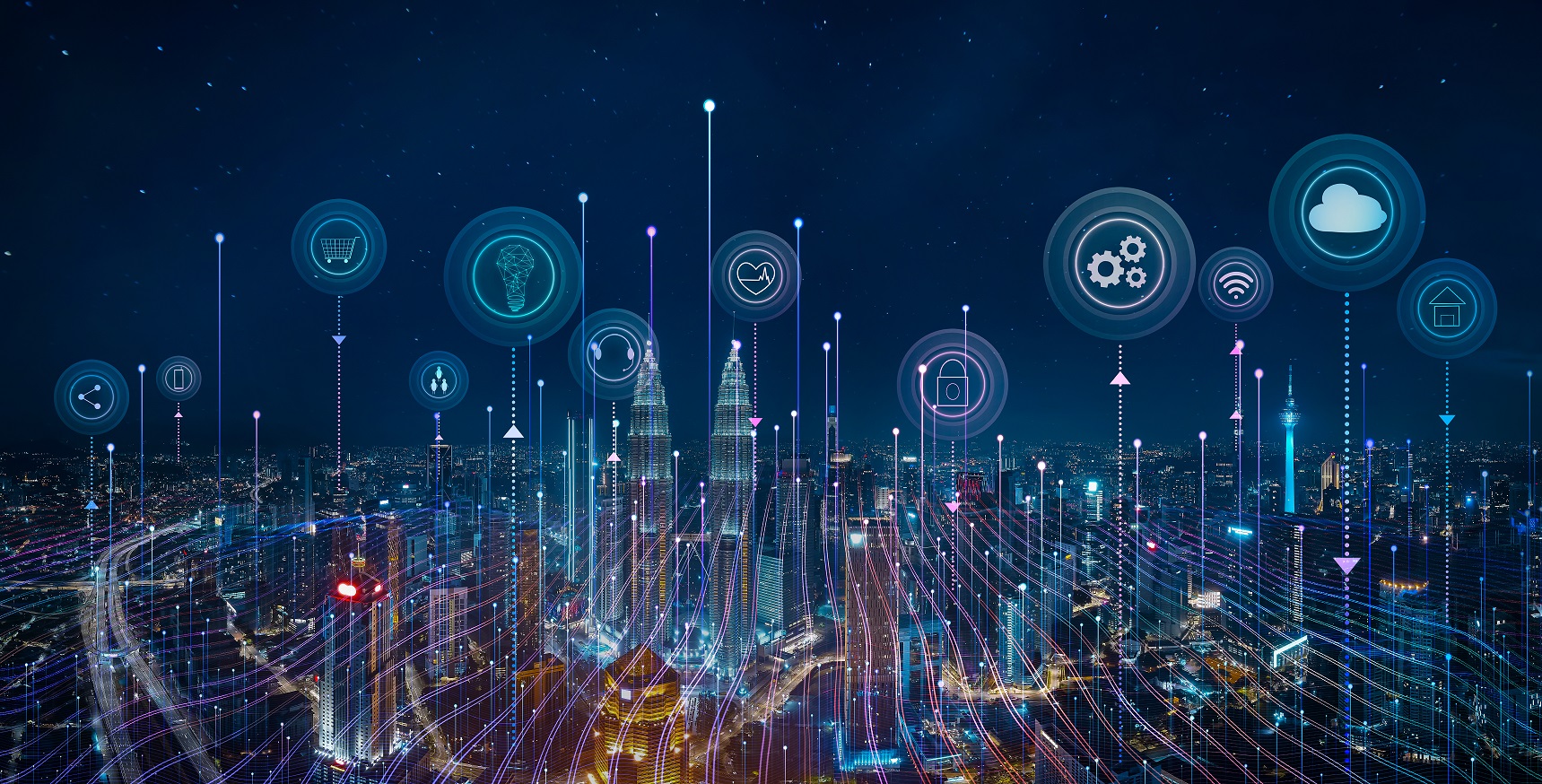As we progress through the 2020s, technology continues to evolve at a breathtaking pace. Innovations that seemed far-fetched just a few years ago are now becoming part of our daily lives, and by 2025, new breakthroughs are expected to further redefine industries, economies, and even society itself. This article takes a closer look at some of the most groundbreaking technologies poised to shape the world in 2025, from artificial intelligence to space exploration.
1. Artificial Intelligence (AI) and Machine Learning: Smarter, More Humanlike Systems
AI has already permeated various industries, but by 2025, we can expect a significant leap in its capabilities. Deep learning algorithms and machine learning models will become even more sophisticated, enabling machines to solve complex problems with minimal human intervention. AI will not only handle data-driven tasks but will increasingly simulate human reasoning, creativity, and emotional intelligence.
One major development will be the advent of general artificial intelligence (AGI), which can understand, learn, and apply knowledge across multiple domains, much like a human brain. While true AGI may still be a few years away, by 2025, we will see more advanced AI systems capable of performing tasks ranging from customer service to creative work, all with a higher level of efficiency and adaptability.
Additionally, AI’s role in automation will dramatically expand. By 2025, the technology could automate entire industries, from manufacturing to healthcare, by enabling systems to independently analyze data, make decisions, and take actions in real-time. This will lead to increased productivity but also raise significant questions about labor markets and employment.
2. Quantum Computing: Unleashing Unprecedented Computational Power
Quantum computing is one of the most exciting fields in tech today, and by 2025, it will begin to deliver on its promise of revolutionizing computation. Traditional computers rely on bits that can be either 0 or 1, while quantum computers use quantum bits or qubits, which can represent multiple states simultaneously. This ability enables quantum computers to solve certain types of problems exponentially faster than classical computers.
By 2025, we will likely see quantum computers achieve “quantum supremacy” in practical applications, meaning they will be able to outperform even the most powerful classical supercomputers in specific tasks. This will have enormous implications for fields such as cryptography, drug discovery, climate modeling, and artificial intelligence. For instance, quantum computers could be used to simulate complex molecules at an atomic level, potentially speeding up the creation of new pharmaceuticals and materials.
However, despite the advancements, quantum computing will still face challenges, particularly in terms of stability and error correction. While large-scale, practical quantum computing might still be in its early stages by 2025, its potential will undoubtedly open up new frontiers in science and industry.
3. 5G and Beyond: The Next Generation of Connectivity
While 5G technology is still rolling out worldwide, by 2025, it will be fully integrated into most urban areas, and the development of 6G will begin to take shape. 5G, with its ultra-fast speeds and low latency, has already begun to change the way we connect to the internet, enabling innovations in the Internet of Things (IoT), autonomous vehicles, and augmented reality (AR).
By 2025, we will see an explosion of IoT devices, with billions of connected objects communicating seamlessly over 5G networks. Smart cities will become more intelligent, with sensors embedded in everything from streetlights to traffic signals, allowing for real-time data collection and decision-making. This could drastically reduce energy consumption, improve traffic management, and enhance overall urban living.
6G, expected to be deployed around 2030, promises even faster speeds and more reliable connectivity. It could enable new applications, such as holographic communication, advanced telemedicine, and real-time 3D gaming experiences. The convergence of 5G and 6G with AI and other technologies will create an interconnected, intelligent digital ecosystem that will enhance virtually every aspect of modern life.
4. Augmented and Virtual Reality: A New Era of Immersive Experiences
By 2025, augmented reality (AR) and virtual reality (VR) will likely become mainstream technologies, with applications spanning entertainment, education, healthcare, and retail. Advances in hardware and software will make these technologies more immersive, accessible, and affordable. The growth of 5G networks will also play a key role in making AR and VR experiences smoother and more responsive.
In entertainment, we can expect fully immersive VR games, live concerts, and cinematic experiences that transport users to completely virtual worlds. In the workplace, AR will allow for real-time data visualization, remote collaboration, and hands-free access to information, transforming industries like architecture, engineering, and healthcare.
For education, AR and VR can create dynamic learning environments, where students interact with 3D models, historical events, or scientific simulations, making learning more engaging and effective. Meanwhile, VR will be used for medical training, allowing students to perform virtual surgeries or practice diagnostic techniques before applying their skills in the real world.
5. Space Exploration and Commercial Space Travel
By 2025, humanity’s efforts in space exploration will reach new heights. NASA, private companies like SpaceX, and international space agencies will continue pushing the boundaries of what’s possible in space travel, including plans for lunar missions, Mars exploration, and the establishment of permanent human habitats on the Moon.
One of the most exciting prospects is the potential for commercial space travel. SpaceX’s Starship, Blue Origin’s New Glenn, and other space tourism companies will offer suborbital and orbital flights, allowing civilians to experience space firsthand. While these services may initially be expensive, by 2025, prices could decrease enough to make space tourism more accessible to the public, bringing a new era of exploration and tourism beyond Earth’s atmosphere.
6. Sustainable Technologies: A Greener Future
As concerns about climate change continue to grow, technology in 2025 will focus heavily on sustainability. Renewable energy sources such as solar, wind, and geothermal will be more advanced, with new innovations in energy storage, smart grids, and energy-efficient systems that reduce carbon footprints.
One promising area is carbon capture technology, which will be more widely deployed to remove carbon dioxide from the atmosphere. Additionally, biodegradable materials and recyclable tech will become increasingly common as manufacturers respond to the global call for eco-friendly products.
Electric vehicles (EVs) will continue to dominate the automotive industry, with advancements in battery technology providing longer ranges, faster charging times, and lower costs. By 2025, EVs could account for the majority of new car sales in many countries, accelerating the transition to a low-carbon economy.
Conclusion: The Future is Now
The technological landscape in 2025 will be a testament to human ingenuity, as groundbreaking innovations across AI, quantum computing, connectivity, space exploration, and sustainability reshape our world. These advancements will unlock new possibilities, improve quality of life, and open doors to a future previously imagined only in science fiction. While challenges remain, the rapid pace of innovation suggests that the world in 2025 will be markedly different, driven by the technologies we are building today. As we approach this future, the question isn’t whether these technologies will shape our lives—it’s how we will harness them to create a better, more sustainable world for future generations.



